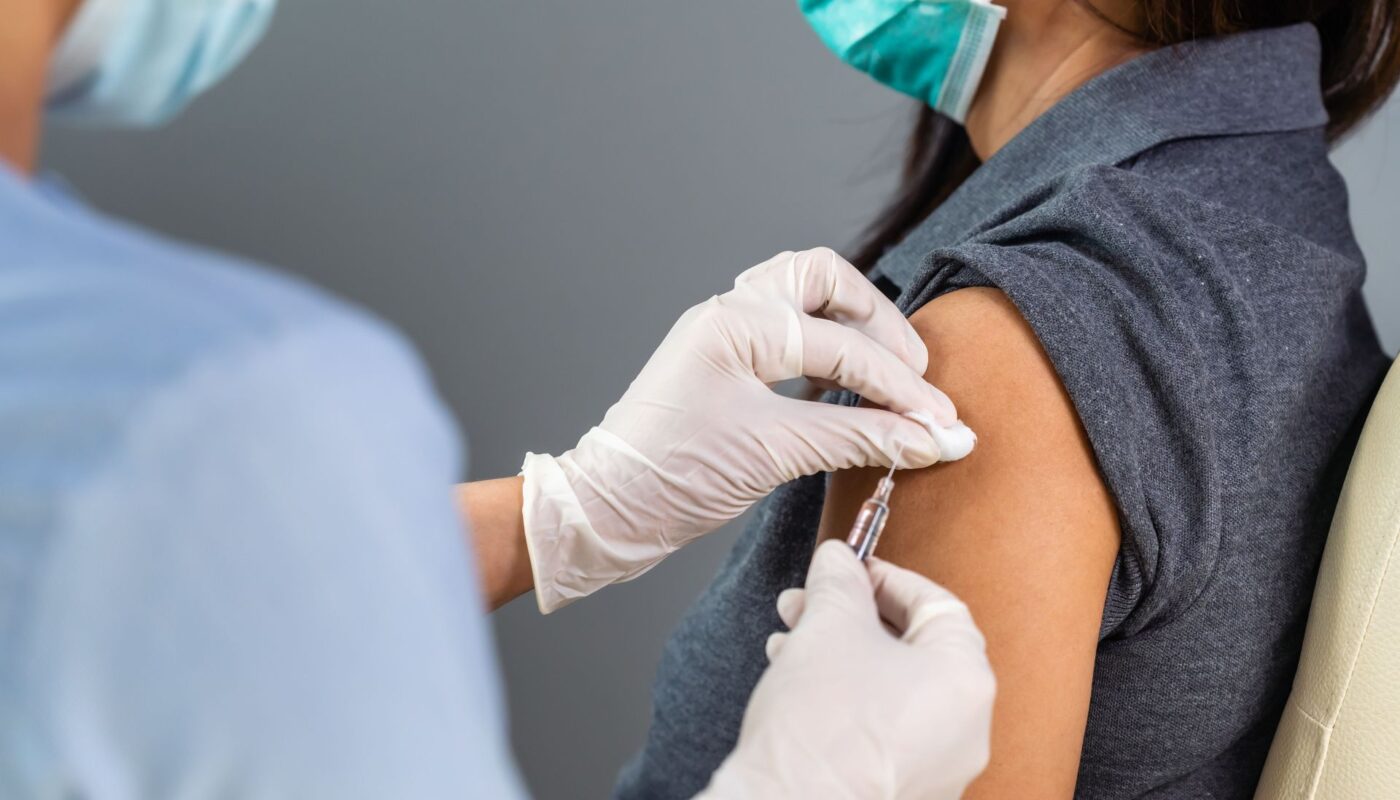A recent study conducted by researchers at Columbia University Mailman School of Public Health highlighted significant disparities in the distribution of COVID-19 vaccines in New York City. The findings, published in the Journal of Urban Health, revealed that many younger individuals from high-income neighborhoods managed to obtain vaccinations ahead of schedule, despite vaccine shortages.
The study analyzed data from the first three months of the vaccine rollout, focusing on the coverage rates in different neighborhoods based on income levels and age demographics. Low-income areas with a higher proportion of older residents showed lower vaccine coverage rates compared to wealthier neighborhoods, leading to higher mortality rates over the year.
According to Nina Schwalbe, adjunct professor of population and family health at Columbia Mailman School, a vaccine distribution plan that prioritized individuals at the greatest risk of COVID-19-associated morbidity would have resulted in preventing more deaths than the strategy that was actually implemented. The research suggests that redirecting the limited vaccine supply to low-income areas with a higher percentage of older residents could have potentially lowered overall mortality rates in the city.
The study also delved into the vaccination schedule for different age groups in New York City, starting from the administration of vaccines to high-risk hospital workers in mid-December 2020. The researchers observed disparities in vaccination rates among those aged 65 and above, with wealthier areas showing higher coverage compared to poorer neighborhoods.
The researchers highlighted the need for policymakers to consider local conditions and prioritize high-risk population groups when rolling out vaccination programs. By focusing on those most vulnerable to severe outcomes, such as older individuals and low-income households, authorities could potentially optimize the distribution of limited vaccine supplies and reduce mortality rates.
Despite acknowledging that certain younger individuals may have received vaccines due to scheduled professions or underlying health risks, the study emphasized the need for more stringent enforcement of distribution guidelines to ensure equitable access to vaccines. The researchers emphasized the importance of targeting vaccine distribution efforts towards those at the highest risk of severe morbidity and mortality to maximize the impact of immunization programs.
The study’s co-authors, including researchers from various institutions, emphasized the critical role of policymakers in reevaluating vaccine distribution strategies to address disparities and ensure equitable access to COVID-19 vaccines. By targeting resources towards populations at highest risk, authorities can effectively mitigate the impact of the pandemic and protect vulnerable communities from severe outcomes.
*Note:
1. Source: Coherent Market Insights, Public sources, Desk research
2. We have leveraged AI tools to mine information and compile it



